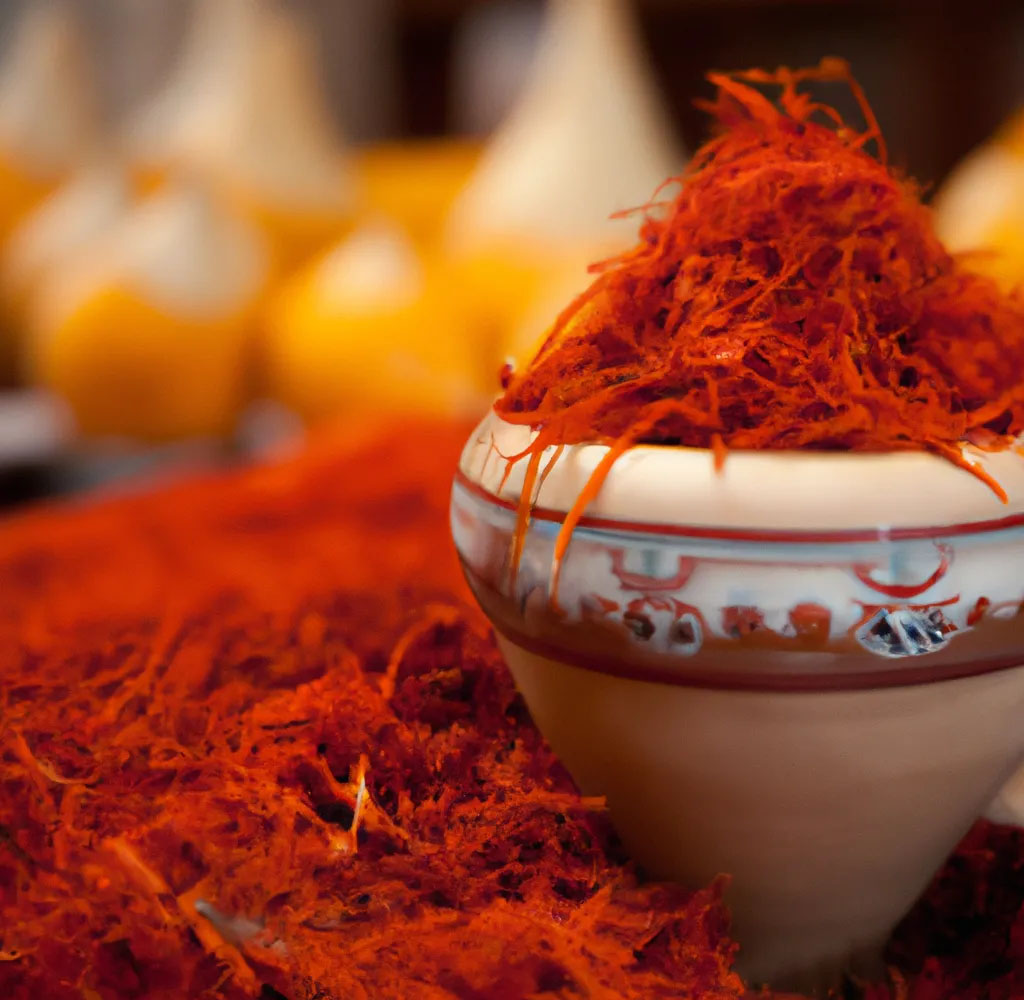Turkish saffron, though lesser known than its Iranian and Spanish counterparts, holds a unique place in the world of spices. Saffron in Turkey is primarily grown in the Safranbolu region, a town in the Black Sea province of Karabük, from which it derives its name. Safranbolu saffron is renowned for its exceptional quality, vibrant color, and distinctive flavor profile, making it highly valued in Turkish cuisine and beyond.
The cultivation of Turkish saffron is a labor-intensive process, similar to other saffron-producing countries. The saffron comes from the stigma of the Crocus sativus flower, which blooms for only a short period in the fall. Each flower contains three red threads, which are carefully handpicked. It takes tens of thousands of flowers to produce just a small amount of saffron, contributing to the spice’s high cost. However, Turkish saffron is often considered more cost-effective than other varieties due to its relatively lower demand and local production scale.
One of the defining features of Turkish saffron is its strong coloring power. The deep crimson threads can color up to 100,000 times their own weight in water, giving dishes a rich golden-yellow hue with just a few threads. This makes it highly prized in the culinary world, particularly in Turkish and Middle Eastern cuisine. Turkish saffron is used to enhance the flavor and appearance of a variety of dishes, from rice-based meals like pilav to stews, soups, and desserts. It’s also a key ingredient in traditional Turkish saffron tea, known for its bright color and earthy, floral notes.

